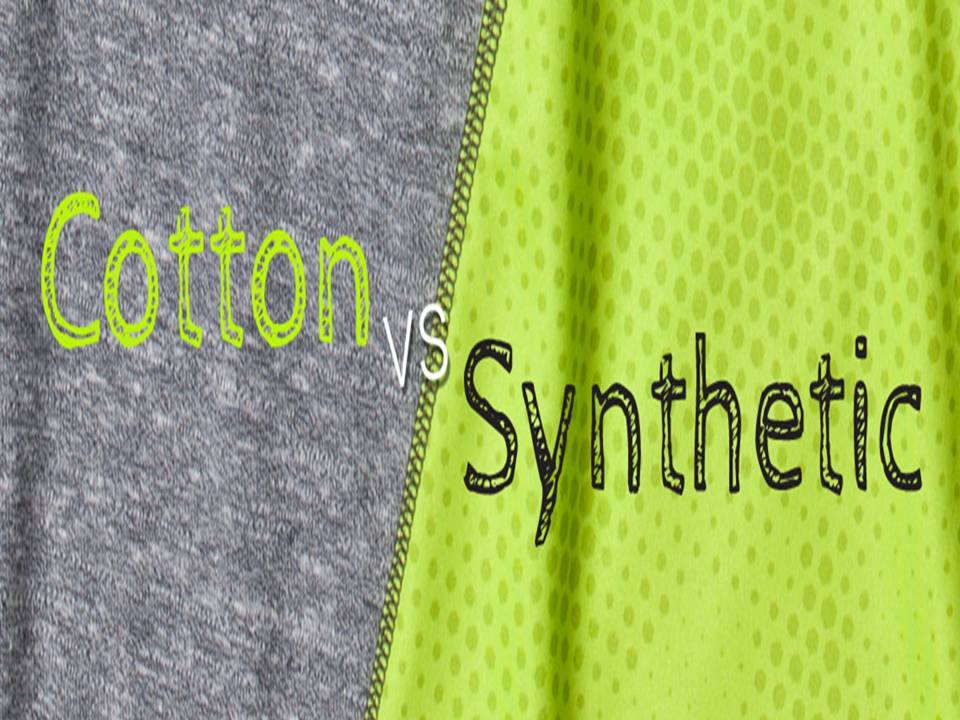Climate change and the cotton vs. synthetics debate

Across the globe, sweltering heatwaves are disrupting business as usual, forcing brands to adapt to a world where scorching summers are becoming the norm. Climate change, particularly is also shaking things up in the cotton vs. synthetics game.
Impact on cotton, synthetics
The change in climate has had a definite impact on cotton, a thirsty crop that needs immense amount of water during cultivation stage. Rising temperatures and unpredictable rainfall patterns threaten cotton yields, especially in areas dependent on rainfed agriculture. Moreover, warmer temperatures lead to increased pest and disease outbreaks, requiring more pesticides, which have their own environmental drawbacks. In fact, high temperatures can stress plants, reduce yields, and even affect fiber quality. And droughts due to climate change will make it harder to grow cotton in some regions.
However, production of synthetics ore Man Made Fibers (MMF) is reliant on fossil fuels as the fibbers are derived from fossil fuels, so their production contributes to greenhouse gas emissions.
On which fibber is gaining ground, the picture is complex. While demand for cotton may decrease in some areas due to lower yields, a shift towards organic cotton farming practices, which is less water-intensive, could work well for the fibber. Developing drought-resistant cotton varieties and adopting water-saving irrigation techniques can help cotton adapt.
On the other hand, production of synthetics might face pressure due to the environmental impact. But they could also become more attractive as a water-saving alternative, especially if there's a push towards recycled materials. Research into bio-based synthetics made from recycled materials or renewable resources offers a potential solution. Blended fabrics or combining cotton with sustainable synthetics could be a good middle ground.
Winter woes
Climate change's impact on winter is less clear. Warmer winters could decrease demand for heavy winter clothing, but unpredictable weather patterns could also lead to occasional cold snaps. Overall, the trend is likely to be towards more sustainable and adaptable materials, regardless of whether they're natural or synthetic.
In the future, as consumers become more conscious of the environmental impact of their clothing choices it could drive demand for sustainable cotton or recycled synthetics. Regulations on water usage or carbon emissions could also influence the production of both cotton and synthetics.
Indeed, the future of cotton vs. synthetics is uncertain, but climate change is a major factor that will continue to reshape the industry.
